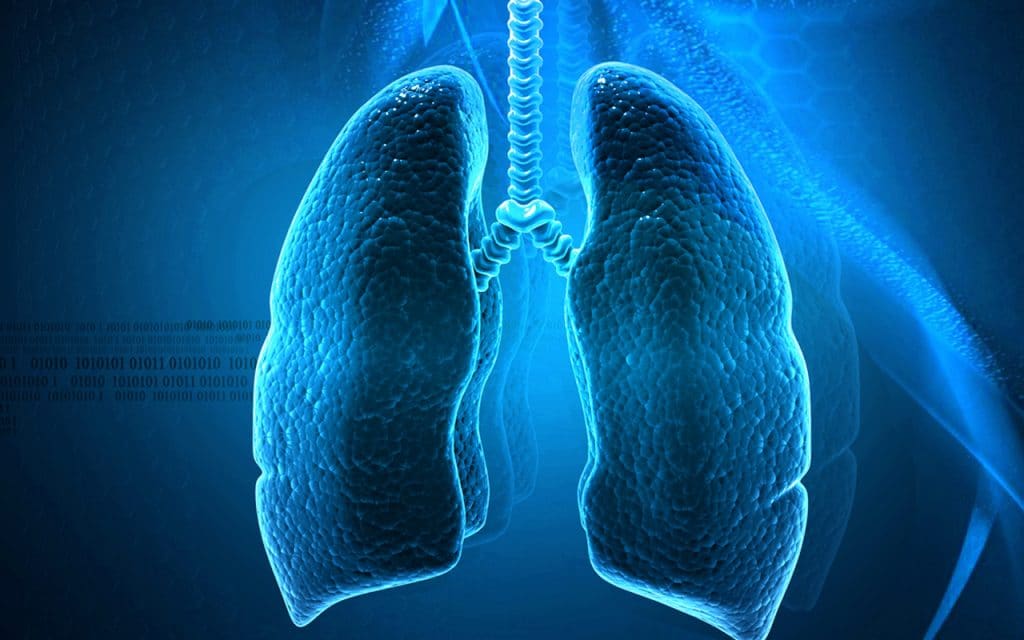Is Airway Pressure Release Ventilation, A Better Primary Mode of Post-Operative Ventilation for Adult Patients Undergoing Open Heart Surgery? A Prospective Randomised Study

Context
Cardiopulmonary bypass (CPB) induced acute lung injury is accounted for most of the post-operative pulmonary dysfunction which leads to decreased compliance and hypoxemia. Airway Pressure Release Ventilation (APRV) as compared to other modes of ventilation has shown to improve gas exchange in Acute lung injury (ALI)/Acute respiratory distress syndrome (ARDS) lungs.
Aims
We hypothesized APRV as a better primary mode of postoperative ventilation in adult post-cardiac surgery patients.
Methodology
The study included 90 postoperative surgical patients, which were randomized into three groups: SIMV-PC(P), APRV(A), and SIMV-VC(V) with 30 patients in each group.
Subjects and Methods
Lung compliance and serial arterial blood gas were assessed at regular intervals. PaO2/FiO2 ratio (a measure of oxygenation) and lung compliance were used as an indirect indicator for improvement in lung function. Hemodynamic parameters were closely observed for all the patients.
Results
There was a statistically significant improvement in PaO2/FiO2 ratio in the APRV group as compared to other groups. There was also an improvement in lung compliance after 6 h of ventilation and lesser duration of ventilation in the APRV group. However, it was not statistically significant.
Conclusions
Our study suggests that APRV can be a useful alternative primary mode of ventilation to improve lung compliance and oxygenation in adult post-cardiac surgical patients.
